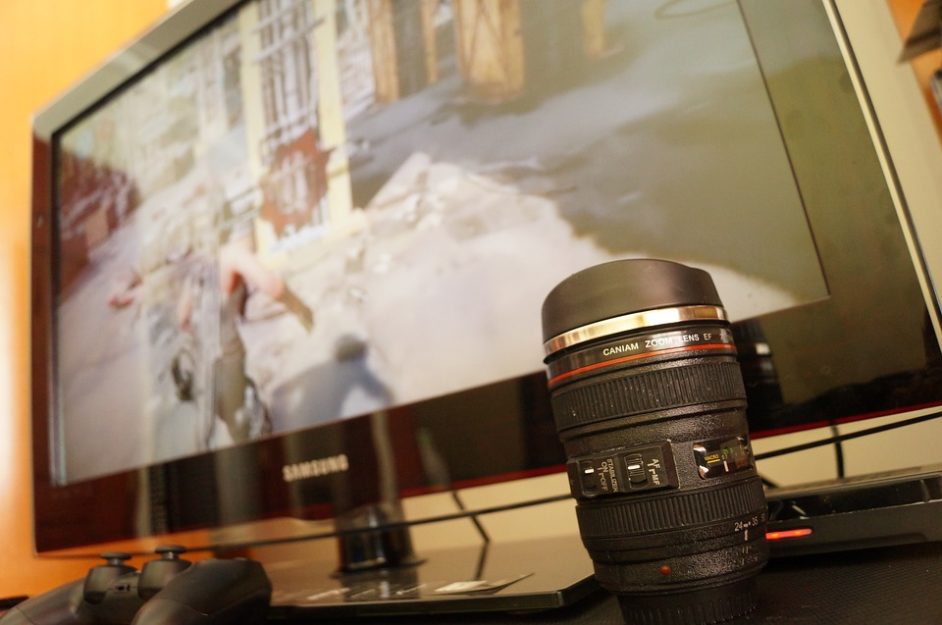Merits of Audio-Visual Communication
When trying to communicate a message or an idea, it is always better to do so face to face as compared to emails or on paper. This is because relaying a message through written sources or audio communication often has limitations, and this could muddle the message or bring about a misunderstanding. Good communication enables better discussions, improved business, and better personal applications. Enlisted below are some of the main benefits of audiovisual communication.
Increased Clarity
 This is one of the main benefits of audiovisual media. It is different from written communication because when you write an email, only you know the tone and mood. However, what you meant could come across as different to the receiver of the email or letter. With audiovisual media, both the sender and the receiver of the message can observe the facial expressions, gestures, and hear the tones. All this enables both of them to have better clarity of the message being conveyed.
This is one of the main benefits of audiovisual media. It is different from written communication because when you write an email, only you know the tone and mood. However, what you meant could come across as different to the receiver of the email or letter. With audiovisual media, both the sender and the receiver of the message can observe the facial expressions, gestures, and hear the tones. All this enables both of them to have better clarity of the message being conveyed.
Increased Retention
When audio and visual cues are combined, the message is easily retained. Studies show that individuals keep only 10% of oral communication and 35% of the information presented visually. However, when both the audio and visual tools are combined, 65% of the data is retained. It is therefore essential to combine the tools for lecture presentations and art among others because it is more effective.
It is Fast
A while back, communication was not as secure as this millennial era. Word of mouth took weeks and even months to reach the target audience. Today, communication is instant, and audiovisual methods like video phones and webcams make it easier and faster as compared to the conventional techniques.
Media
 Adding videos, visual aids and sound clips to presentations or art creates a multimedia experience. This helps the communication to be more engaging with the audience. Once the audience is involved, it becomes easier for them to listen and retain the message. Other methods are useful, but audiovisual media enables the audience to be more interested in the presentation and art as compared to other forms of communication.
Adding videos, visual aids and sound clips to presentations or art creates a multimedia experience. This helps the communication to be more engaging with the audience. Once the audience is involved, it becomes easier for them to listen and retain the message. Other methods are useful, but audiovisual media enables the audience to be more interested in the presentation and art as compared to other forms of communication.
Effective in Decision Making
Some people cannot read, but this form of communication is suitable for illiterate people. This is because uneducated people have the visual ability. Therefore, using audio and visual cues enables them to understand the message being relayed and they can take part in decision making.

